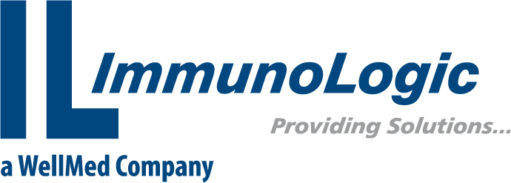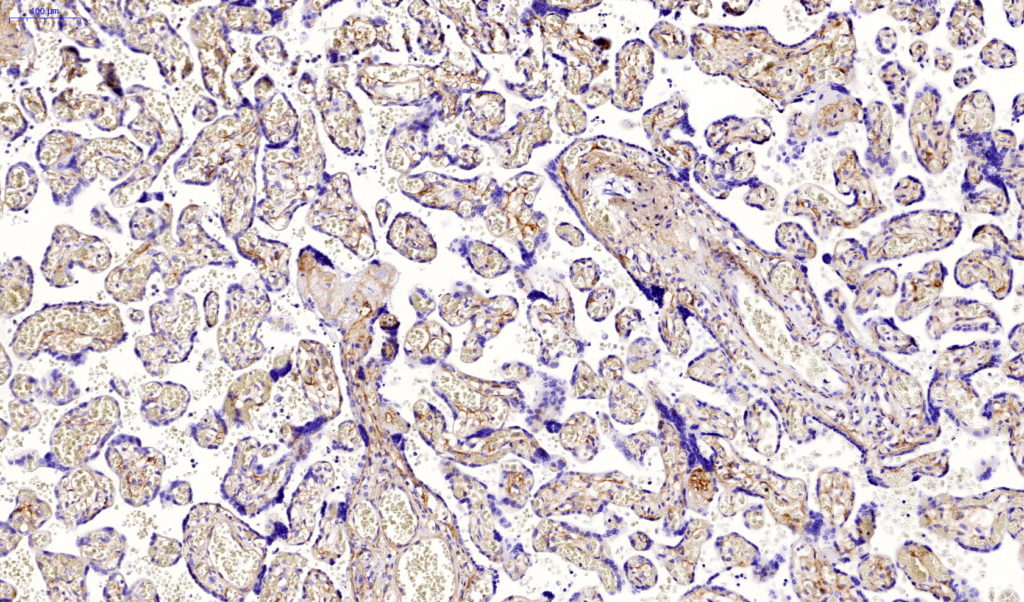Rabbit Monoclonal Antibody
Collagen Type IV is a major component of the basement membrane and plays an important role in cell adhesion, migration, differentiation and growth. Collagen Type IV express at the basement membranes in a variety of tissues including kidney, muscle, lymph nodes, lung, tendon and spleen. Collagen Type IV has been shown to be useful in differentiating microinvasive from in situ ductal carcinomas of the breast. Other Collagen Type IV studies include use in pancreatic adenocarcinoma and chronic pancreatitis, nephrosclerosis and other kidney diseases, oral squamous cell carcinoma, laryngeal cancers, ovarian cancers and cervical cancers
Availability:
| Catalog No. | Contents | Volume |
| ILM4241-C01 | Collagen | 0,1 ml concentrate |
| ILM4241-C05 | Collagen | 0,5 ml concentrate |
| ILM4241-C1 | Collagen | 1,0 ml concentrate |
Intended use: For Research Use Only
Reactivity: Human, others not known
Clone: COL4/4241R
Human Gene ID: 1282
Human SwissProt: P02462; P08572; P29400; P53420
Human Unigene: 17441
Species of origin: Rabbit
Isotype: IgG
Immunogen: Purified human placental extract
Control Tissue: Placenta or Tonsil
Staining: Cytoplasmatic
Presentation: Bioreactor Concentrate with 0.05% Azide
Application and suggested dilutions:
Pre-treatment: Heat induced epitope retrieval in 10 mM citrate buffer pH6.0 for 20 minutes is required for IHC staining on formalin-fixed, paraffin embedded tissue sections.
- Immunohistochemical staining of formalin-fixed, paraffin embedded tissue section (dilution up to 1:100-1:200)
The optimal dilution for a specific application should be determined by the investigator.
Note: Dilution of the antibody in 10% normal goat serum followed by a Goat anti-Rabbit secondary antibody-based detection is recommended.
Storage & Stability: Store at 2-8 °C. Do not use after expiration date printed on the vial.
Reference:
- Smrkolj S et al. Eur J Gynaecol Oncol. 2010; 31(4):380- 5

